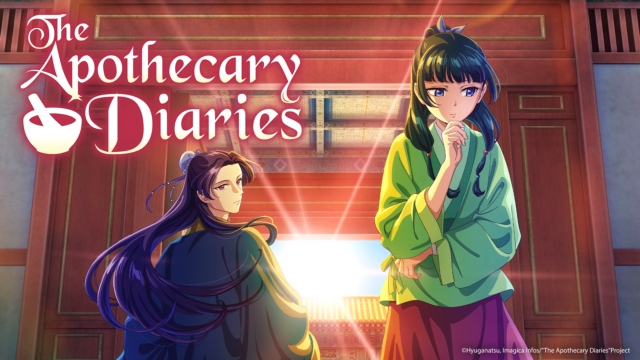Panel at Katsucon ’18: Inari, Foxes and Faith
Those tricky foxes.
Everyone knows of kitsune: they’re clever, tricky, and are usually up to no good. Every hundred years they grow a new tail until they reach nine. At nine tails, they reach the peak of their power and are capable of powerful magic. Whether they are good or bad depends on the legend, but they are consistently intelligent, powerful youkai. Their imagery has persisted to the modern day and remains as strong as ever. The idea of a powerful, mythical, monstrous fox is a compelling one, and it’s reflected in many fantasy anime. Even in the Katsucon Artist’s Alley, there was one artist whose excellent work was rife with kitsune imagery. We know the wicked scheming kitsune, but we don’t know much about Inari, a major Shinto deity also associated with foxes. The panel, hosted by Katriel Paige, strove to weave the two together.
It’s hard to trace the specifics of Inari in English because not a lot of material on it has been properly translated. Karen Smyers’ Fox and the Jewel is one popular read, but it still stands as one of a very small number of books. However, a few facts are clear: Inari is the protector of life, rice, and wealth. Its imagery has been so widespread throughout Japan that upon Buddhism coming into Japan, absorbed a lot of Buddhist imagery to spread its influence. However, it’s hard to pinpoint what exactly Inari is, as the traditions dedicated to worshipping it varies so much by region. However, Inari is always associated with foxes, even if Inari isn’t a fox itself.

The image of Inari’s foxes, the byakko, comes from the foxes’ role in the harvest. In ancient times, wealth was deeply linked to success in agriculture. The more rice one possessed, the more money they could easily accumulate. Foxes would naturally eat pests that could destroy crops, so in a sense, they could preserve potential wealth. Foxes also have naturally large territories and are known to wander across mountains. This creates the symbol of being a messenger, with a mysterious fox migrating through villages. Their positive work and mysterious nature slowly allowed them to be associated with Inari.
On the flip side, foxes are known to play around. If they become comfortable, they aren’t afraid of humans. While they eat pests like rabbits, they can also eat farmers’ fowl. They’re known to play with all sorts of things for fun, and a person seeing a fox temporarily on its hind legs could mistake it for being a spirit. They’re also fairly intelligent, and can’t be easily hunted. While they can be seen as divine messengers, it’s easy to see why they could be seen as troublesome as well.
Kitsune imagery is still strong in a lot of anime and tends to combine both wicked and noble kitsune. Fate/Grand Order, one of the most popular mobile games out right now, features Tamamo-no-Mae, one of the most famous and deadly kitsune out there. They also further her legend some more by turning her into a dakini, a form Inari absorbed when it combined with Buddhism. Onmyoji, a mobile game which debuted in January, features two characters associated with kitsune: Tamamo-no-Mae again, and Miketsu, a Shinto kami who rides on a byakko and carries rice with her. Aoi no Exorcist, which ballooned in popularity and landed it an English dub, has the character Kamiki Izumo, who comes from a long lineage of Inari priestesses, and has powers heavily associated with kitsune. Kitsune are here to stay.
While the wicked fox is always fun to explore, but the divine fox, the herald of Inari and all that Inari stands for, is equally important. Here’s to hoping that more information on Inari is translated because the mythos surrounding Inari and the byakko are too interesting to not share.

























"There are also other characters that come and go (also owned by the Warner Bros. Discovery conglomerate media company)."
Huh. Is that just referring to other characters from the show itself, or is this implying that the new season is going to have cameos from other WBD IPs